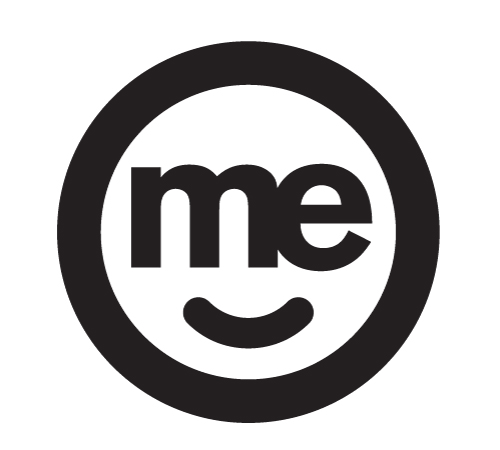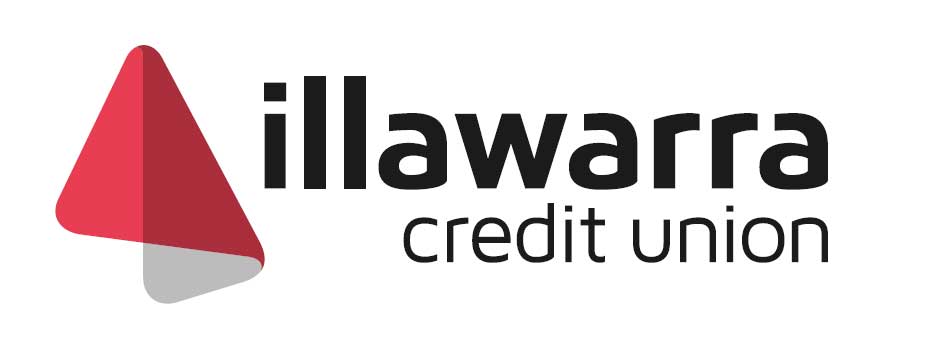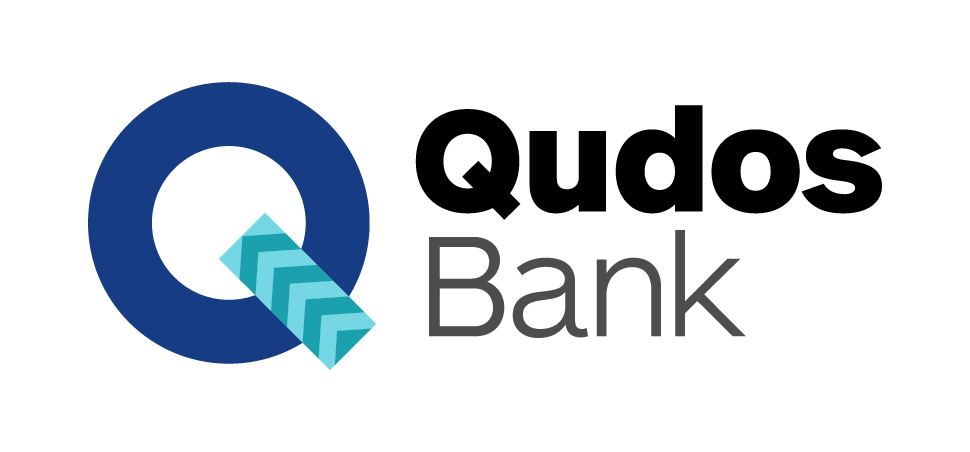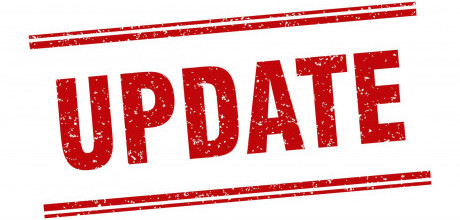Tips to explain RHI
Tips and tricks for explaining RHI to consumers (and also working out if it is correct):
- RHI is counter-intuitive i.e. what is bad RHI and what is good RHI may not always feel logical to you.
- RHI which is ‘0’ is good; the higher the RHI is, the worse it is. RHI ‘X’ means the payment is over 6 months overdue. Some credit reporting bodies will display RHI using traffic light colours; green is up-to-date, amber is slightly overdue and red is very overdue.
- Credit providers will report RHI using different methods, some report RHI at the end of the month (and so the RHI reported will depend on how overdue a payment is at the end of the month). Others will report at different times during the month, but the RHI that is reported will show how overdue someone is based on the payment due date.
However, the credit provider reports, the RHI should never show a consumer is more overdue than they are. If it does, then the RHI may have been reported in error.
- When trying to help a consumer work out if the RHI reported is accurate, the consumer will need to provide their account statements and any additional payment records they have.
- You will need to doublecheck if payments have bounced; where this happens the RHI may show the payment as overdue, or it may show the payment as being made but the next month overdue (and you may even seen a ‘skip’ in status – for example, from RHI ‘0’ to RHI ‘2’)
- Even where a payment has not bounced, you may still see a ‘skip’ in status from RHI ‘0’ to ‘2’. This is likely due to the timing of when the credit provider reports RHI and also whether they waited for the 14 day grace period to expire before reporting RHI in the first overdue month.
Again, remember the golden rule: the RHI should never show a consumer is more overdue than they are.
For more information about repayment history information and how it is reflected in a consumer credit report, see below pages :
Comprehensive Credit Reporting Participants

June 2022

August 2022

August 2022

September 2022

September 2022

October 2022

January 2023

January 2023

February 2023

March 2023

March 2023

March 2023

March 2023

May 2023

June 2023

April 2025

July 2023

April 2025

February 2016

May 2016

May 2017

November 2017

February 2018

March 2018

May 2018

June 2018

June 2018

June 2018

June 2018

June 2018

July 2018

September 2018

September 2018

September 2018

September 2018

September 2018

September 2018

September 2018

November 2018

November 2018

December 2018

December 2018

March 2019

May 2019

May 2019

June 2019

July 2019

July 2019

July 2019

September 2019

October 2019

October 2019

November 2019

November 2019

December 2019

February 2020

February 2020

February 2020

June 2020

June 2020

August 2020

September 2020

October 2020

November 2020

January 2021

January 2021

February 2021

February 2021

April 2021

June 2021

June 2021

July 2021

August 2021

October 2021

October 2021

November 2021

December 2021

March 2022

April 2022

May 2022



